Adrian Cole's The Dream Lords

The 50th Anniversary Edition of Adrian Cole's The Dream Lords will release on Amazon on January 15th, 2025, and you, my loyal readers, simply must pick this up, because this is the book for anyone who wanted Dune to be a comedy instead of a tragedy.
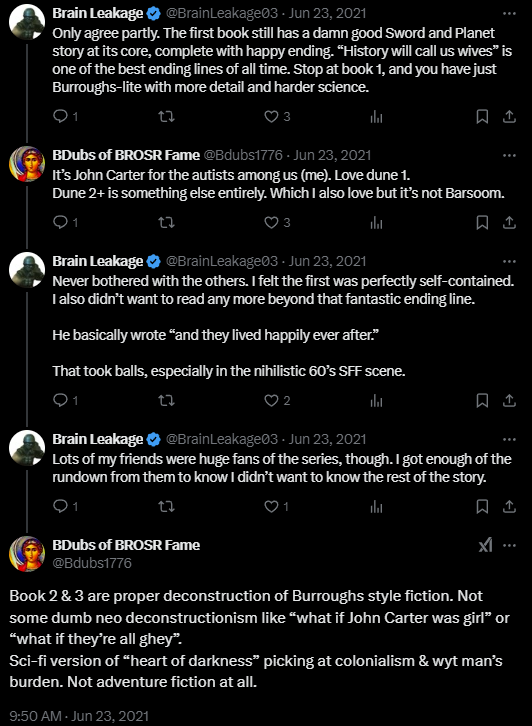
If you want to know more about what I mean by that, read on, but since The Dream Lords is not as well-known as Dune, I'm going to offer fair warning that this will be literary criticism and not a review. I'm going to talk about whatever I feel like talking about, and that will involve spoiling the book. But trust me, this will be good.
My review is: this book is awesome, go buy it if you trust my judgement. This book is John Carter of Dune, anyone who likes sword and planet adventures will probably like this. Adrian Cole clearly should be better known, but I hadn't even heard of him until I bought a back issue of Cirsova and then backed the Kickstarter for this edition.
To help illustrate the structural features of The Dream Lords, I am going to use the same technique that I used in my Frieren and Dungeon Meshi post. I will compare and contrast The Dream Lords with another book in the same genre. What will be different this time is I will pick a book that uses the same inspirations but was written fifty years later: Empire of Silence by Christopher Ruocchio.
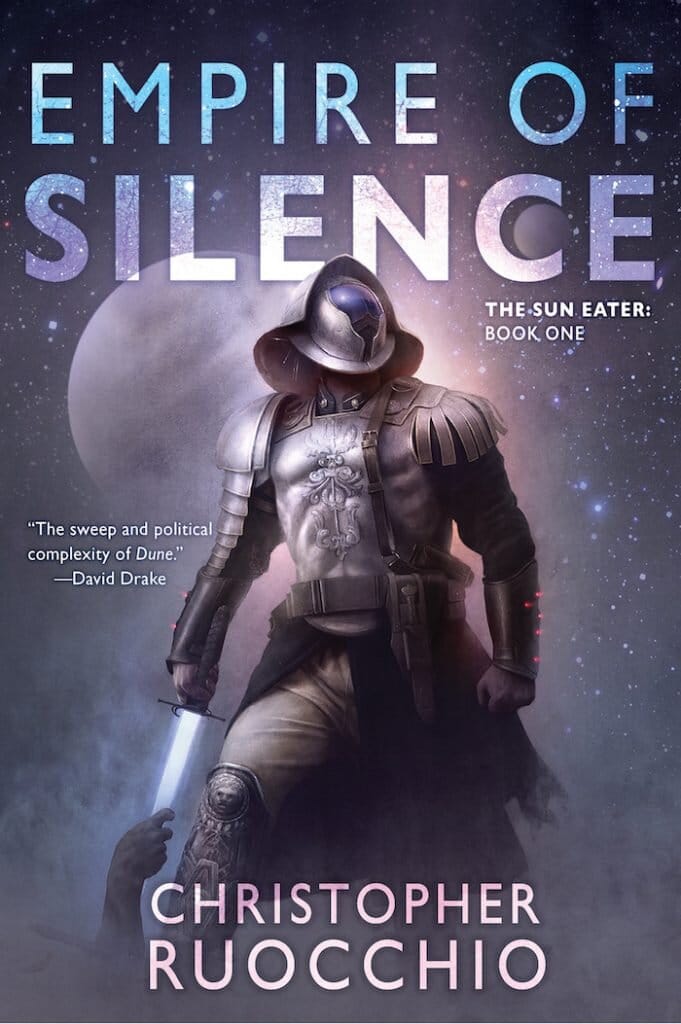
Empire of Silence is ideal for this because Ruocchio was very upfront that he wanted to tell his own version of Dune in his interview with Aaron Irber. In a similar way, Cole wrote an introduction to this edition of The Dream Lords where he cites first Edgar Rice Burroughs and then Frank Herbert as his inspiration. The books are even both written in the first person.
But what a difference forty or fifty years makes! While being recognizably in the same genre, and having very similar motivations, the books couldn't be more different. This will serve as an excellent illustration of what I meant when I said that the modern concept and usage of tropes are holding authors back. If these two authors can start with the same premises and end up with such different, but interesting books, then we don't have to settle for modern checklist style genre stories.

This comparison is possible because both books are working within an explicit convention, in this case we have sons of nobility who lose their position within a futuristic empire and then return to seize power through a combination of warfare and political intrigue which results in the established order being overturned. But within that framework, each author has his own story to tell, and the results diverge greatly.
I think I'll start with the main characters. Everything within these books is an interrelated whole, such that you could start anywhere and just follow the threads, but the difference between these characters, in their character, is illuminating.
Galad Sarian, son and heir of a Dream Lord of Zurjahn, is a man of action. He chafes under the Dream Lords because they have embarked on a eugenic project to improve man's psychic powers, and consequently spend almost all of their time in mental worlds. Galad rebels against this forced passivity, and instead surreptitiously learns to fight and to ride horses. Galad is also quite popular with the ladies in the Dream Lords court, which isn't in itself frowned upon, but the Dream Lords wish for romantic liaisons to be mental unions only, and Galad chooses to pursue the pleasures of the flesh.
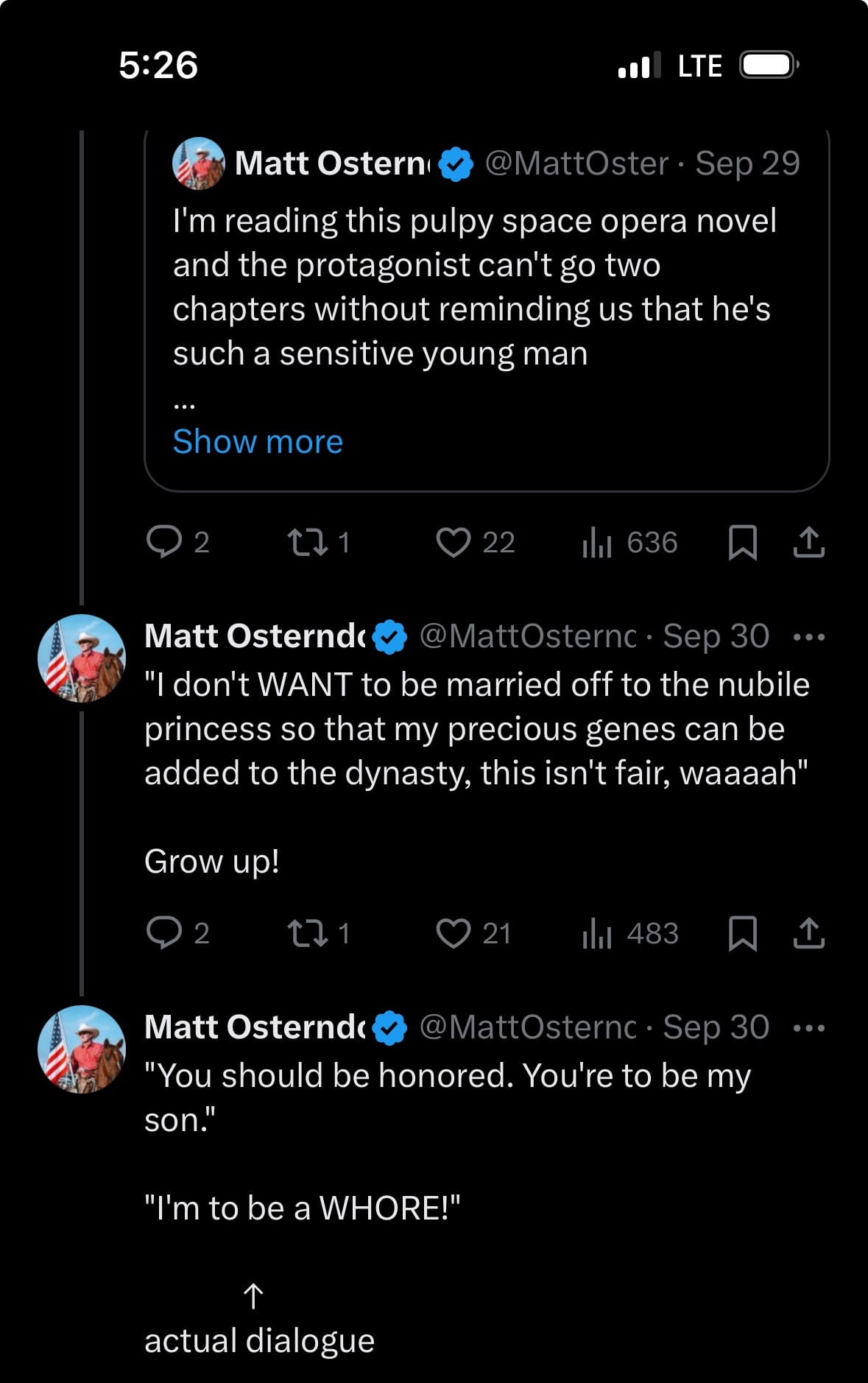
Hadrian Marlowe, on the other hand, is a whiny little bitch. I had a thread on Twitter/X last month where I defended Hadrian a little bit, as the part of the book the dialogue in the image above is taken from represents a significant betrayal of Hadrian.
But, I also included this quote from the Anatomy of Criticism:
In the history of taste, where there are no facts, and where all truths have been, in Hegelian fashion, split into half-truths in order to sharpen their cutting edges, we perhaps do feel that the study of literature is too relative and subjective ever to make any consistent sense.
–Northrop Frye, The Anatomy of Criticism, Polemical Introduction
One half of the truth is that Hadrian was reacting to his discovery that he had been politically outmaneuvered, for eugenic purposes one might add. The other half is that I find Hadrian far less impressive as a man than Galad.
Galad is a natural leader of men. He is decisive, and seizes opportunity when it presents itself to him. Galad is exiled from the Dream Lords court because he learns some of the secrets of their rule, and Galad's response is to immediately confront his father. It almost works too, but Galad gets outmaneuvered by the other Dream Lords.
Hadrian, in the other hand, is diffident and whiny. He deplores his class-ridden society, but also leans on his status continually. He is a skilled fighter, but disdains fighting. He is hilariously awkward with women. His dream is to be a mentat, oops I mean scholiast, the human computers of the Sollan Empire. Hadrian too confronts his father about his hopes and dreams and the obvious flaws of the Empire, but the way in which he goes about all of this feels very different because of Hadrian's personality. Unsurprisingly, this goes poorly for Hadrian, especially as things mostly happen to him, and what agency he does have is focused on keeping his head above water in the raging torrent of fate that is his life.
However, it is pretty clear that Hadrian will not always be so useless. Ruocchio starts Empire of Silence at the end of the story, with Hadrian in prison awaiting his execution for blowing up a star. But we have seven thick tomes to work up to that. The Dream Lords is written in an entirely different style. Galad ends the story much the same as he started it, while Hadrian will go through a clear character arc.
The one big change Galad goes through would have baffled me as a young man twenty years ago, but makes much more sense now after I saw a bunch of guys come back from Iraq and Afghanistan. Galad wins the war he got sucked into, but then he has no idea what to do with himself. He's wracked with survivor's guilt, and slinks off to drink himself to death. Then an older friend who is a father figure finds him, literally slaps some sense into him, and the story continues.
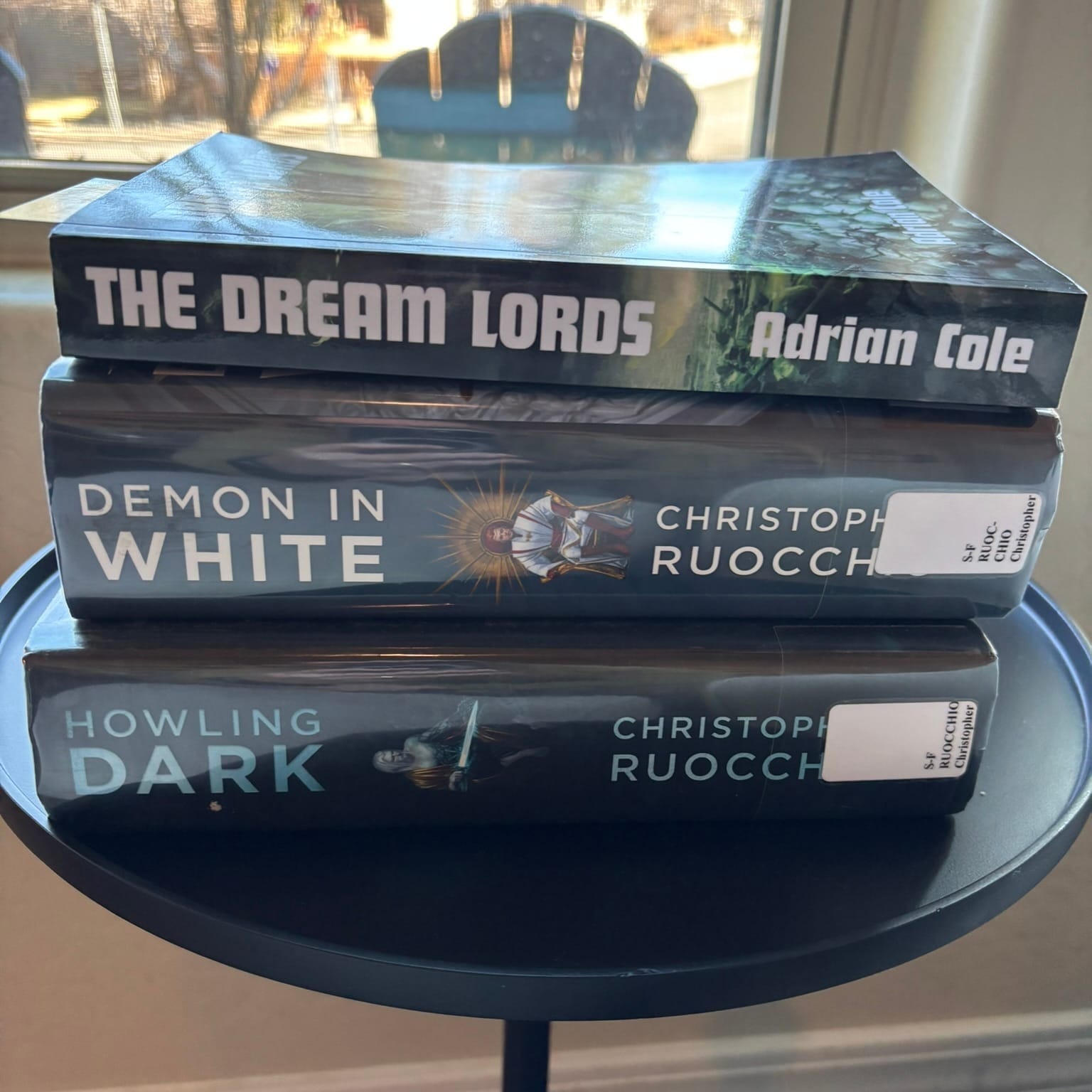
You can see this difference in style without even opening the books. I took a picture of the 50th anniversary edition of The Dream Lords on top of two of Ruocchio's Sun Eater series. All three volumes of Cole's story take up less space than one of the planned seven Sun Eater volumes.
So let's pivot into narrative structure. How long the books are is determined by the kind of narrative structure used. Reading them in close proximity, it is astonishing how similar the story beats are. Each main character ends up fighting in an arena, and facing the death of a woman he loves. Then they each get sucked into a war. This isn't surprising, as each one is following similar sources, but again, this is where archetypes and conventions are superior to tropes, because while the story beats are similar, the way they get used and the emotional and moral valences end up being different.
Both stories are structurally romances, sequences of marvelous adventures, but The Dream Lords follows the archetype more closely, while Empire of Silence instead uses a more realistic style of exposition like a novel. The action in The Dream Lords moves along briskly, with Galad immediately flowing from one crisis to the next. Hadrian might spend years in a location with only a few key events occurring, something facilitated by his genetically engineered lifespan.
In The Secular Scripture, Northrop Frye described these two narrative styles as the "and then" and the "hence" narratives:
In realism the attempt is normally to keep the action horizontal, using a technique of causality in which the characters are prior to the plot, in which the problem is normally: "given these characters, what will happen?" Romance is usually more "sensational," that is, it moves from one discontinuous episode to another, describing things that happen to characters, for the most part, externally. We may speak of these two types of narrative as "hence" narrative, and the "and then" narrative.
Northrop Frye, The Secular Scripture, Harvard University Press (1976) pg 47
Each of these styles has its relative strengths. The "and then" narrative style is obviously shorter, and thus keeps things moving along. Frye also described this style as "vertical", by which he means that action can take place on two levels of experience simultaneously. We can experience Galad's experiences as marvelous adventures, but also at the same time everything participates in an overarching myth with a deeper resonance.
This principle of action on two levels, neither of them corresponding closely to the ordinary world of experience, is essential to romance, and shows us that romance presents a vertical perspective which realism, left to itself, would find it very difficult to achieve. The realist, with his sense of logical and horizontal continuity, leads us to the end of his story; the romancer, scrambling over a series of disconnected experiences, seems to be trying to get us to the top of it.
Northrop Frye, The Secular Scripture, (1976) pg 49-50
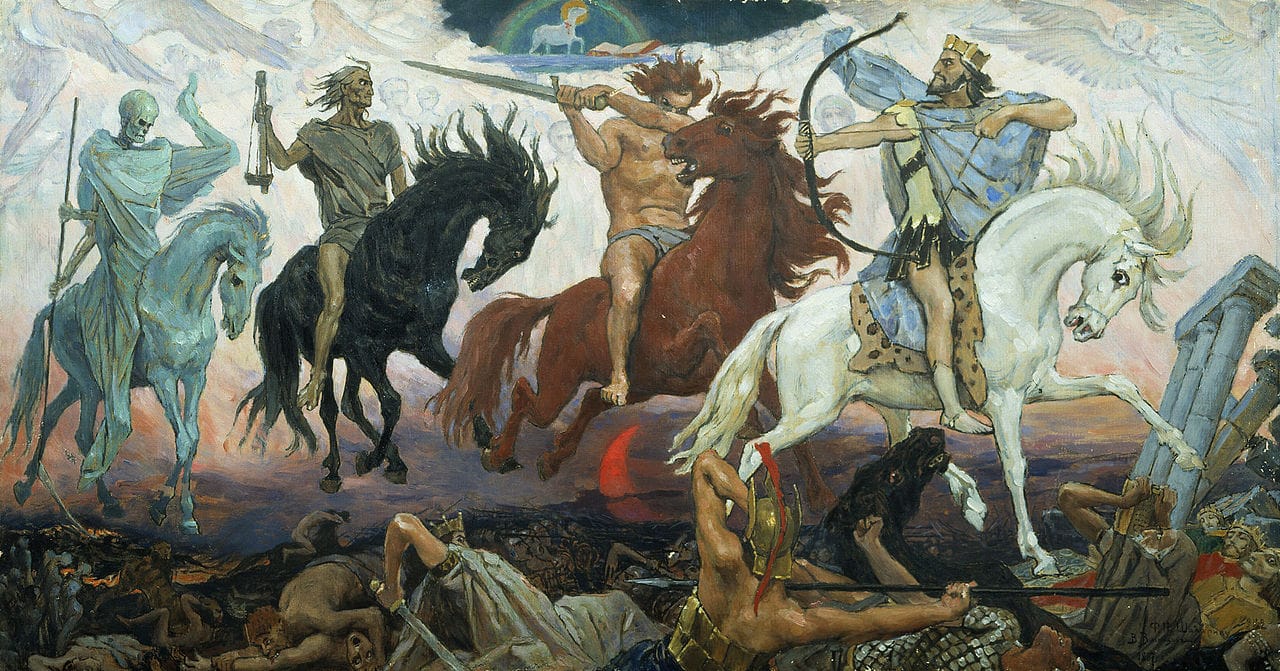
Galad is a very unwilling participant in an apocalypse, even though he hates the system he is bringing to an end. And while one of the sources of dramatic conflict in the story is how Galad reconciles himself to his fate, how he must become the Rider on the Pale Horse to fulfill his destiny, at the same time there is a separation between Galad and his role. At the end of it all, he remains himself. The archetypal romance is better at this kind of identity with difference than a more realistic style.
In the anagogic aspect of meaning, the radical form of metaphor, "A is B," comes into its own. Here we are dealing with poetry in its totality, in which the formula "A is B" may be hypothetically applied to anything, for there is no metaphor, not even "black is white," which a reader has any right to quarrel with in advance. The literary universe, therefore, is a universe in which everything is potentially identical with everything else. This does not mean that any two things in it are separate and very similar, like peas in a pod, or in the slangy and erroneous sense of the word in which we speak of identical twins. If twins were really identical they would be the same person. On the other hand, a grown man feels identical with himself at the age of seven, although the two manifestations of this identity, the man and the boy, have very little in common as regards similarity or likeness. In form, matter, personality, time, and space, man and boy are quite unlike. This is the only type of image I can think of that illustrates the process of identifying two independent forms. All poetry, then, proceeds as though all poetic images were contained within a single universal body. Identity is the opposite of similarity or likeness, and total identity is not uniformity, still less monotony, but a unity of various things.
–Northrop Frye, The Anatomy of Criticism, Second Essay
There is less conceptual space available between Hadrian and his destiny because the more realistic style of the book shortens its vertical range. Thus Hadrian's personality will eventually be overshadowed by the role he is fated to play; it will consume him. It also inevitably takes longer to get there, since extra time is needed to set up events so that the dramatically appropriate moments happen without violating the sense that everything needs to flow from plausible and realistic sequences of cause-and-effect.
However, that extra time and text also allows us to gain a far greater sense of Hadrian's world. In The Dream Lords, most of the locations and even some of the characters are described sketchily. We meet two non-human species in the books, but they are mostly there as stage dressing. Even the Dream Lord technology that is starting to use mental power to affect physical matter is mostly hinted at. The Sollan Empire, on the other hand, can be explored in all of its tarnished glory.
Each of the characters we meet, each place we go on Hadrian's journey, is fully fleshed out. And since the setting of Empire of Silence is a galaxy-spanning empire like in Dune, Ruocchio uses this to great effect. The galaxy is full of wonders, and part of the fun is that we get to vicariously experience them. Empire of Silence is thus a space opera, but a tragic and a serious one. The Dream Lords is a planetary romance and a comedy, albeit one with serious themes.
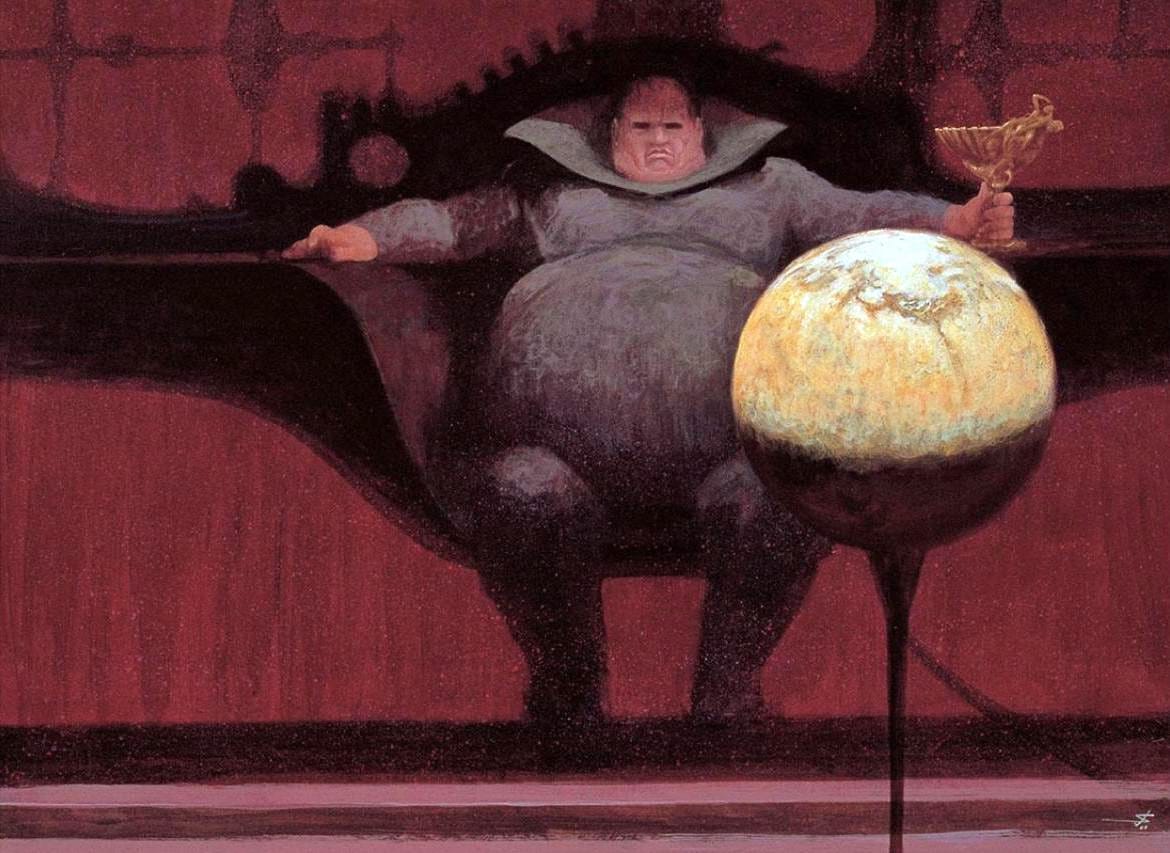
Which brings us to the moral universe each book inhabits. At first glance, each would appear to be quite different. The Dream Lords is a melodrama, by which I mean that there is a clear hero, whom you are supposed to cheer for, and a clear villain, whom you are supposed to boo. Take the scene where we first meet Daras Vorta:
I was aghast. Never before had I seen such a hideous monstrosity of a man. His enormous, bloated body was dressed in colorful robes of shimmering silk, hung with bracelets, necklaces, and amulets. The thick, pudgy fingers were heavily ringed, and Vorta wore a scabbardless star-lance which gleamed like the sun itself, the haft studded with gems.
–Adrian Cole, The Dream Lords, Cirsova (2025) pg 172
Empire of Silence is written in a very different way. To the casual observer, it might seem to be an example of the contemporary obsession with gray morality, but I like the term Ruocchio used in his interview with Irber. Empire of Silence is an example of characters with hyperlaminated morality, complex mixtures of good and evil that might look gray if you zoom out far enough, but up close you can see the layers of good and bad more clearly.
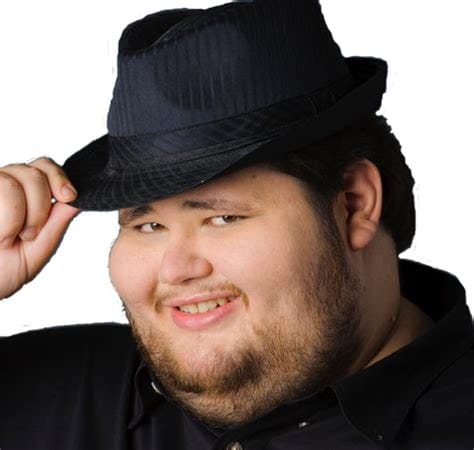
Each character, including Hadrian, is written in this way. Although, it is probably true that Empire of Silence is the least developed of Ruocchio's books in this way. Ruocchio relates in that same interview that when he started writing his series, he was a literal fedora-tipping atheist, and by the time the first book was published, he had returned to the faith of his youth. Thus some things were initially written a little more starkly.
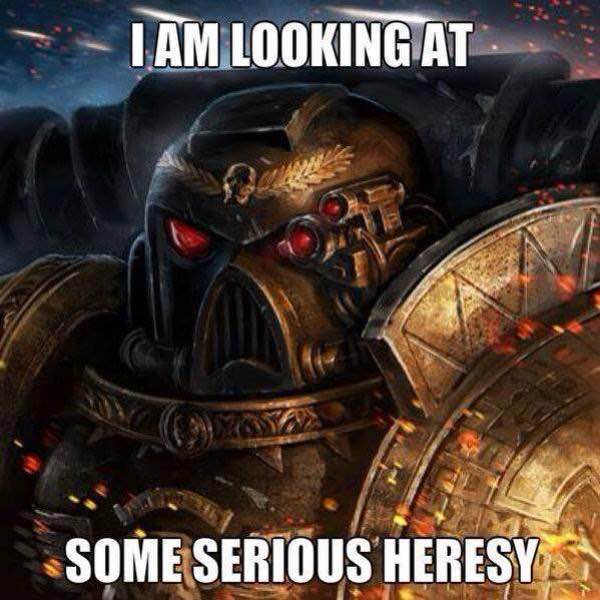
One of the examples of this is the Chantry, the official religion of the Sollan Empire. At first glance, you could be forgiven for assuming the Chantry to be a science fiction version of the Black Legend, a church full of sadists and torturers who see heresy hiding everywhere. They function as the political commissars of the Sollan Empire, ensuring that even the wealthy and powerful must look over their shoulders.
But over time, you can see that even the Chantry occasionally has a good point, and that much like in Warhammer 40K, the only thing worse than the Sollan Empire is everything else in the universe. But this is done in a subtle way, without the book having the kind of obvious "bad guy" that Daras Vorta embodies, although the Chantry and Hadrian's father initially look as if they might fill that role.
Yet, there is also a hidden similarity in the moral universe of the books, as each one orbits around the still center that is Christianity. There isn't much religion in The Dream Lords, but the symbolism of the book is very Biblical. This might just be excused as the common idiom of English language romances until we get to the end and the climax of the book is a showdown with Shaitan in a ruined cathedral.
This is not a Christian™ story, designed to reinforce a safe and inoffensive consumer identity. It is laden with gore, sex, and violence. Yet at its heart is about a love of truth and humanity that burns like an unquenchable fire. A love that cannot abide lies or tolerate seeing fellow men in fetters, even if they have been convinced the fetters are for their own good. And you know, that part about defeating Shaitan and his earthly minions.
Empire of Silence looks like it has religion, but since the book is written in the contemporary style, few things are what they initially appear. The "evil church" represented by the Chantry is more of a tool of the state than an actual religion, which would have to reside within the interstices of the Sollan Empire. I haven't read all the volumes in the series, but Ruocchio said that the Catholic Church still exists in his fictional world.
But if you pay attention to what is going on in Empire of Silence, you can see that hypocrisy is the homage vice pays to virtue, and that hypocrisy all points in one direction, to something that remains hidden throughout but provides a structure to the whole without which the story would be incomprehensible.
In each book, this is a significant departure from Dune. Religion in Dune has been syncretized out of existence, with the Orange Catholic Bible functioning more like a book of oracles than the Word of God. Which matches up with Frank Herbert's biography, as Frank was a Catholic who ended up leaving the Church for mysticism.
I have no idea what Adrian Cole's religious convictions are, but the book he wrote has a vector of religion that points in the opposite direction to Dune, just like Empire of Silence. In this, it is important that I take biographical details of the authors as supporting information only. The real question is what has been written?
And the answer to that is the Dream Lords is a deeply Christian version of the kind of story set on Barsoom or Arrakis. The style is more sparse than is common now, but this is an advantage in a work that has such a strong mythic theme. Go buy this and read it.



Comments ()